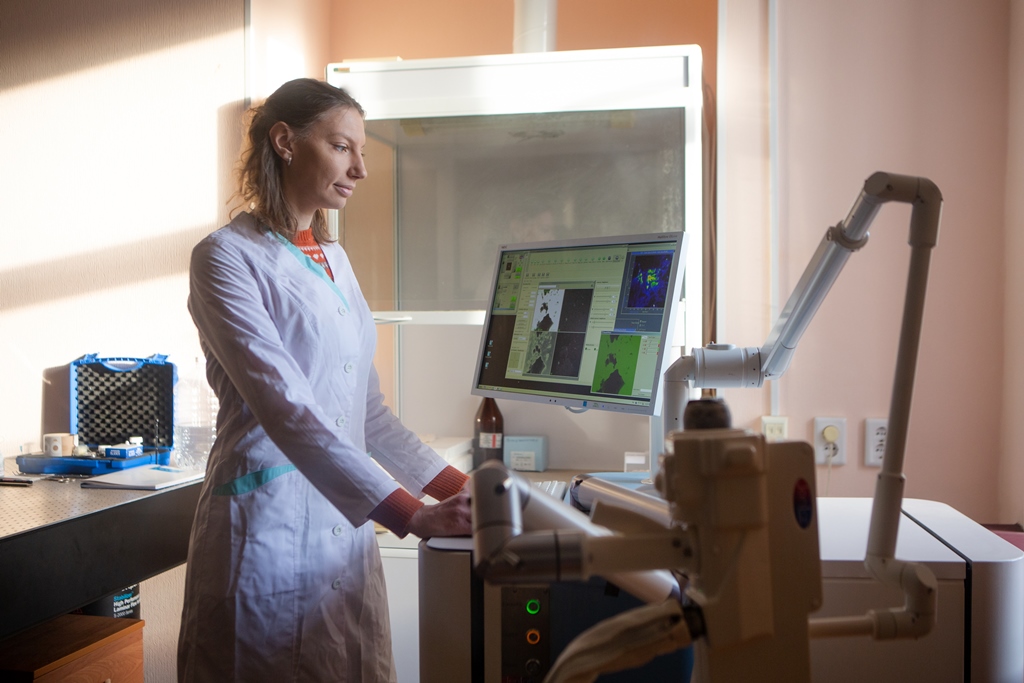An interdisciplinary group of scientists from TSU, Moscow State University, Higher School of Economics, Saratov State University, Siberian State Medical University, and the Institute of the Problems of Laser and Information Technologies (IPLIT) has launched a large-scale project that will provide new fundamental data on the coronavirus. In the course of the research, experts will identify the factors that determine the virus's high transmissibility. The goal is to create effective ways to protect humanity from Covid-19. Along with this, they plan to investigate the possibility of more operative diagnostics of viral diseases compared to laboratory methods using biophotonics and artificial intelligence methods.
- Currently, about 40 species from the group of coronaviruses are known, and they all have their characteristics. For example, MERS-CoV, which caused Middle East Respiratory Syndrome (MERS) in 2012, had a very high mortality rate of about 35%. However, its ability to transmit from person to person was significantly lower than that of Covid-19, so then the outbreak had a local character, - explains Yury Kistenev, head of the Laboratory of Biophotonics, executive director of the TSU Institute of Biomedicine. - The coronavirus that we are dealing with now is showing increased contagiousness. One of the main tasks of the new project is to obtain fundamental knowledge about the characteristics of the transmission of the virus. So far, there is only fragmentary data about this.
As part of the project, researchers will study the physical mechanisms of adhesion of a viral particle - its ability to adhere to various surfaces, including being fixed on the cell surface. Then the pathogen penetrates the target and begins its destructive activity. Understanding the mechanisms of adhesion of Covid-19 will help to propose ways to weaken this ability and build an effective system for protecting people.

- One of the key issues in the prevention and treatment of viral infections, including Covid-19, remains a fast and accurate diagnosis, says Yury Kistenev. - In addition to the standard set of clinical analyses, the polymerase chain reaction is most often used today. Specific antibodies (usually IgG and / or IgM) are also tested. To determine them, blood serum is used. At the same time, biophotonic methods, in the presence of appropriate biological or immunological markers, can effectively determine antigens, antibodies, or nucleic acids in saliva. This analysis is done many times faster and can have fairly high accuracy. Currently, various health problems can be diagnosed from saliva, for example, cardiovascular diseases, oncopathology, and AIDS.
Scientists will search for specific markers in the second stage of the project. Raman spectroscopy, terahertz, and infrared spectroscopy will identify Covid-19 indicators. The selected markers will be used for machine learning of a computer model, which will be search for specific markers in patients' saliva.






